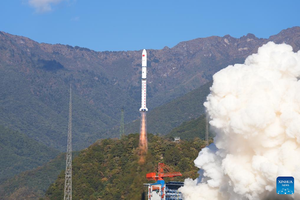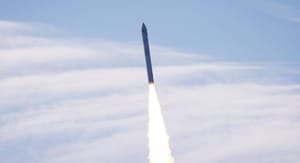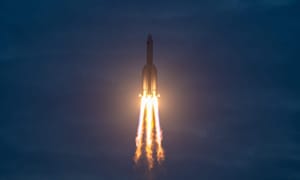
On the 10th of December, a Long March 2D lifted off from the Xichang Satellite Launch Center in southern China. The payload for the launch was a Yaogan reconnaissance satellite heading to low Earth orbit.
While a regular launch at first glance, this was the 500th launch of a Long March rocket in its fifty-three-year flight history. So far the entire Long March series of rockets have a claimed reliability of roughly ninety-seven percent.
This was also the fifty-ninth rocket launch from China this year!
Milestones leading up to 500 launches
Disclaimer: This section of the article may be incorrect in places due to a lack of reliable sources.
The first launch of a Long March rocket took place on April 24th, 1970. The Dong Fang Hong 1, China's first satellite, was launched atop of a Long March 1 from Jiuquan Satellite Launch Center to low Earth orbit.

The one-hundredth Long March rocket launch took place on the 31st of May 2007. The launch utilized a Long March 3A to launch SinoSat 3 to a geosynchronous transfer orbit from the Xichang Satellite Launch Center.

The two-hundredth launch of a Long March rocket occurred on the 7th of December 2014. The launch took place from Taiyuan Satellite Launch Center using a Long March 4B to send the CBERS-4 satellite to a sun-synchronous orbit.

The three-hundredth Long March rocket launch happened on the 9th of March 2019. The launch delivered Chinasat-6C to a geosynchronous transfer orbit using the Long March 3B/E from Xichang Satellite Launch Center.

The four-hundredth launch of a Long March rocket took place on the 10th of December 2021. The launch used a Long March 4B to carry Shijian 6-05A and Shijian 6-05B to a sun-synchronous orbit from the Jiuquan satellite launch center.

Who operates the Long March series of rockets?
The Long March series of rockets are operated by two subsidiaries of the China Aerospace Science and Technology Corporation, which is a state-owned company and commonly shortened to CASC.
The first of which is the China Academy of Launch Vehicle Technology, commonly shortened to CALT, which has carried out two-hundred and ninety-seven of the launches.
The second subsidiary is the Shanghai Academy of Spaceflight Technology, commonly shortened to SAST, which has carried out two-hundred and three of the launches.



